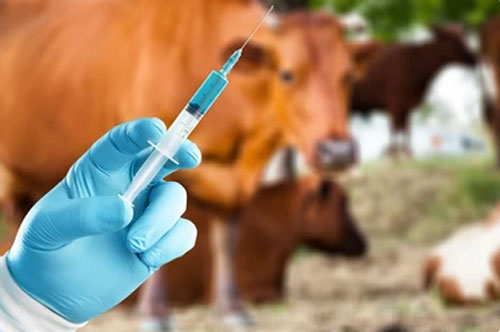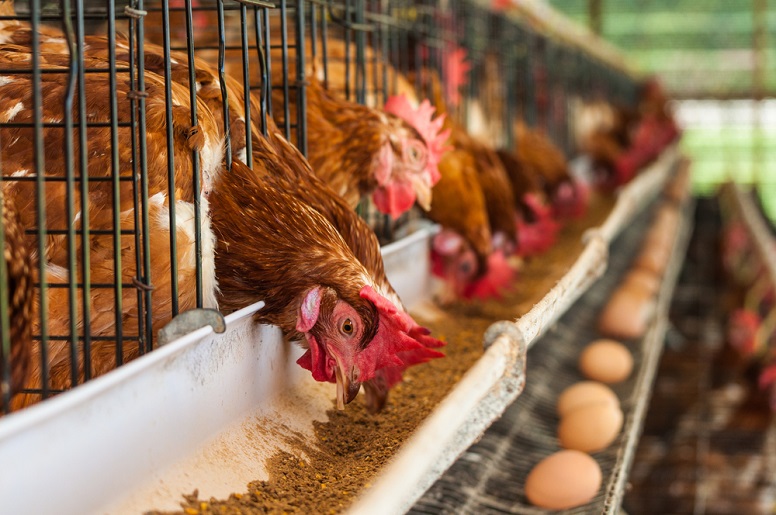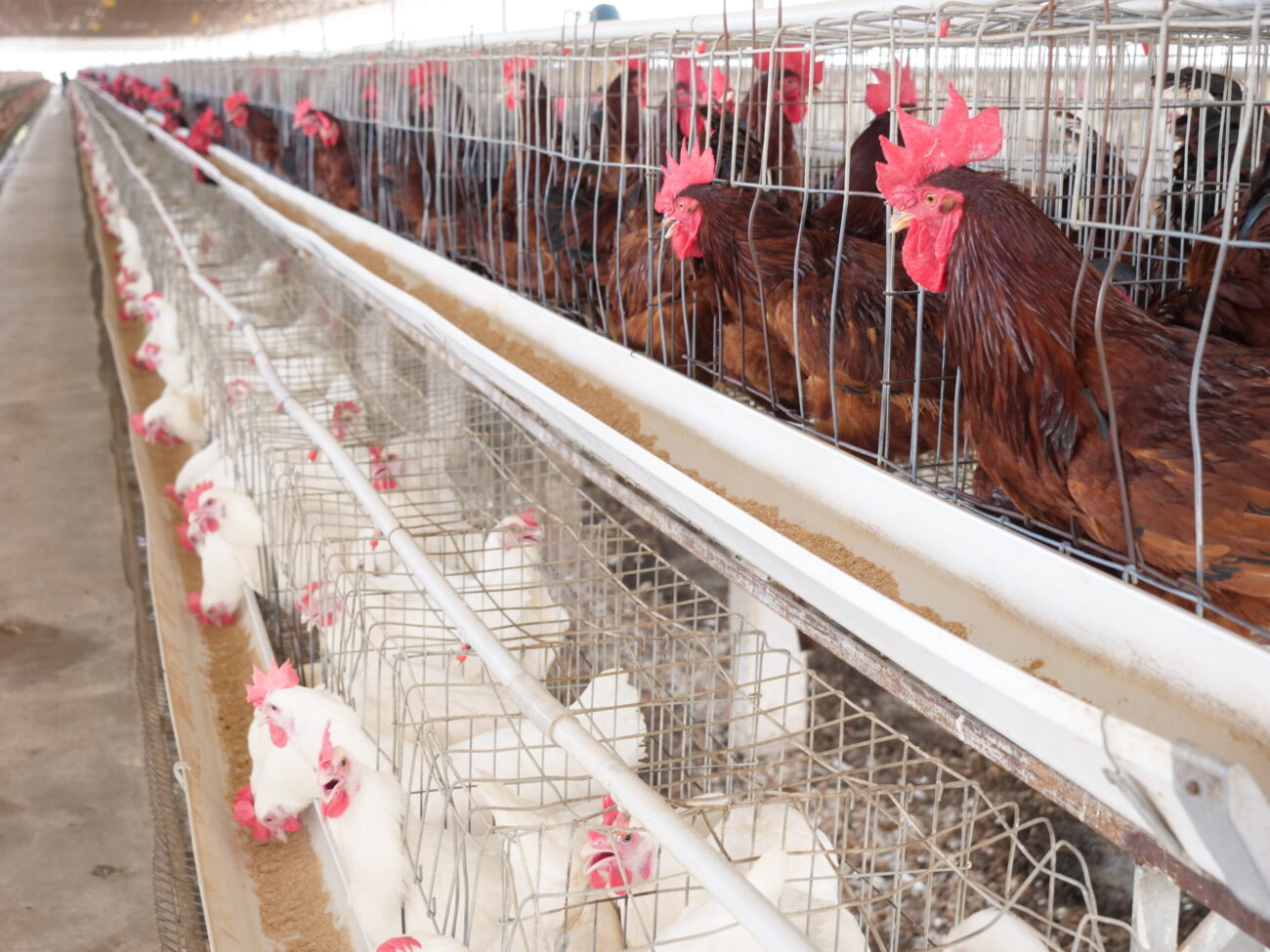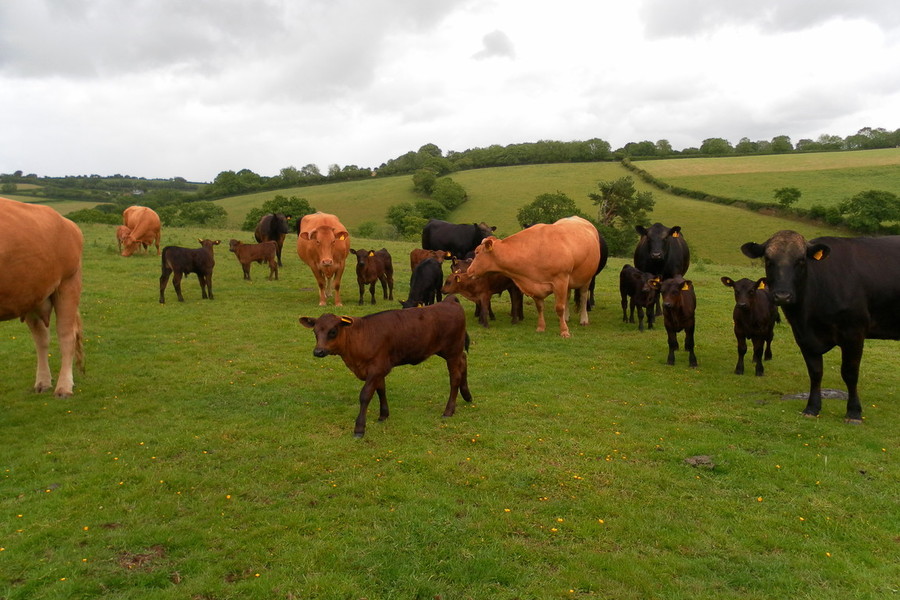
How to Identify and Manage Heat Stress in Animals
Livestock farming in tropical and subtropical regions often faces a major challenge: heat
stress. High temperatures, combined with humidity and poor ventilation, can reduce animal
performance, affect reproduction, and even cause death in severe cases. Farmers who
understand how to identify, prevent, and manage heat stress can protect their animals and
maintain farm productivity.
What is Heat Stress?
Heat stress occurs when an animal’s body produces or absorbs more heat than it can
dissipate. This leads to elevated body temperature, reduced feed intake, and physiological
changes that affect health and productivity.
Signs of Heat Stress in Animals
General Symptoms (across species):
- Rapid or heavy breathing (panting)
- Excessive salivation
- Reduced feed intake but increased water consumption
- Lethargy or reduced activity
- Open-mouth breathing with tongue protruding
- Increased heart rate\
- Reduced fertility and milk/egg production
- In severe cases: collapse or death
Species-specific Signs:
- Cattle: Reduced rumination, standing instead of lying down, gathering under shade
or near water, decreased milk yield. - Sheep & Goats: Seeking shade, panting, reduced grazing, excessive drinking.
- Poultry: Wing spreading, panting, reduced egg production, thin eggshells, crowding
near fans or water sources.
Effects of Heat Stress
- Cattle: Lower milk yield, reduced weight gain, poor fertility.
- Sheep & Goats: Weight loss, decreased wool/hair growth, reproductive challenges.
- Poultry: Reduced growth rate, poor feed conversion, increased mortality.
How to Manage and Prevent Heat Stress
Provide Adequate Shade:
- Natural shade (trees) or artificial structures (shade cloth, roofing).
- Ensure enough space so animals don’t crowd under shade.
Improve Ventilation:
- Use fans, vents, or open-sided housing to increase airflow.
- Avoid overcrowding in barns or poultry houses.
Cool Water Supply:
- Provide unlimited access to clean, cool drinking water.
- For poultry, add electrolytes (sodium, potassium, chloride) in drinking water during
hot days.
Adjust Feeding Practices:
- Feed animals during cooler parts of the day (early morning or late evening).
- Reduce high-fiber diets during extreme heat since fiber fermentation produces more
body heat. - Provide balanced rations with minerals and vitamins.
Cooling Systems:
- Sprinklers, misters, or water sprays (especially for cattle and goats) can help reduce
body heat. - Avoid over-wetting floors in poultry houses to prevent disease.
Electrolytes and Supplements:
- Adding electrolytes and vitamin C to feed or water helps animals cope with stress.
- Salt licks can also help replace lost minerals.
Species-Specific Management Tips
- Cattle: Install shade structures in grazing areas, provide water troughs close by, and use
sprinklers in dairy barns. - Sheep & Goats: Provide cool, ventilated housing; shear sheep before peak hot seasons to
reduce wool insulation. - Poultry: Reduce stocking density, provide cool water with electrolytes, and ensure
cross-ventilation in poultry houses.
Final Thoughts
Heat stress is a silent threat to animal productivity and farm profitability. By recognizing
the signs early and implementing preventive measures, farmers can safeguard animal
welfare and optimize production.
Remember: cool animals are productive animals!






https://shorturl.fm/3zaL9
https://shorturl.fm/c34v0
https://shorturl.fm/n6PFH
https://shorturl.fm/A7d6t
https://shorturl.fm/BMyjb
https://shorturl.fm/3j7X4
https://shorturl.fm/PDjWS
https://shorturl.fm/rAGNw
https://shorturl.fm/in8Zt
https://shorturl.fm/Zooho
https://shorturl.fm/MnQH8
https://shorturl.fm/XtyfD
https://shorturl.fm/GPBaY
https://shorturl.fm/DB7NO
https://shorturl.fm/GOQVw
https://shorturl.fm/CIHZG
https://shorturl.fm/aUuiK
https://shorturl.fm/GT0eE
https://shorturl.fm/GYY3S
https://shorturl.fm/DSJvx
https://shorturl.fm/L1mb5
https://shorturl.fm/iA3KB
https://shorturl.fm/qKCPW
https://shorturl.fm/F6vE2
https://shorturl.fm/9KFRf
https://shorturl.fm/fOJLh
https://shorturl.fm/tCK6b
https://shorturl.fm/RRpOy
https://shorturl.fm/BavvK
https://shorturl.fm/v1Pzv
https://shorturl.fm/Z92bj
https://shorturl.fm/COl2i
https://shorturl.fm/D6KhW
https://shorturl.fm/yp32Z
https://shorturl.fm/UKoN7
https://shorturl.fm/wAqhF
https://shorturl.fm/5NInC
https://shorturl.fm/3iyRN
https://shorturl.fm/3WwB6
https://shorturl.fm/AnGye
https://shorturl.fm/EbjQm
https://shorturl.fm/JODp8